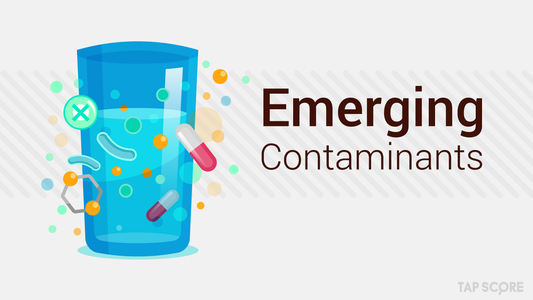
Legionella in Drinking Water: What You Need to Know At Home or Away
Legionella, a naturally occurring freshwater bacteria, are a relatively common nuisance in spas, hotels, and even homes, and can cause health complications.

Legionella, a naturally occurring freshwater bacteria, are a relatively common nuisance in spas, hotels, and even homes, and can cause health complications.

Given the 80,000+ chemicals out there, it's no surprise that there are many we just don't know much about. "Emerging contaminants" enter drinking water in a variety of ways. But...

With over 86,000 chemicals in the Toxic Substances Control Act (TSCA) inventory, learn why thousands of potentially harmful products remain unregulated by the EPA.

Read on to learn how urban development impacts the natural water cycle, changes water quality and its availability.

Every day, more than 30 billion gallons of wastewater passes through treatment plants in the United States. While all of that urine, feces, and other waste might seem like something...

How the environmental activist continues to fight for communities